The Backbone of Successful Operations
EMAC's Governance Structure

EMAC's Governance Structure
National Emergency Management Association (NEMA)

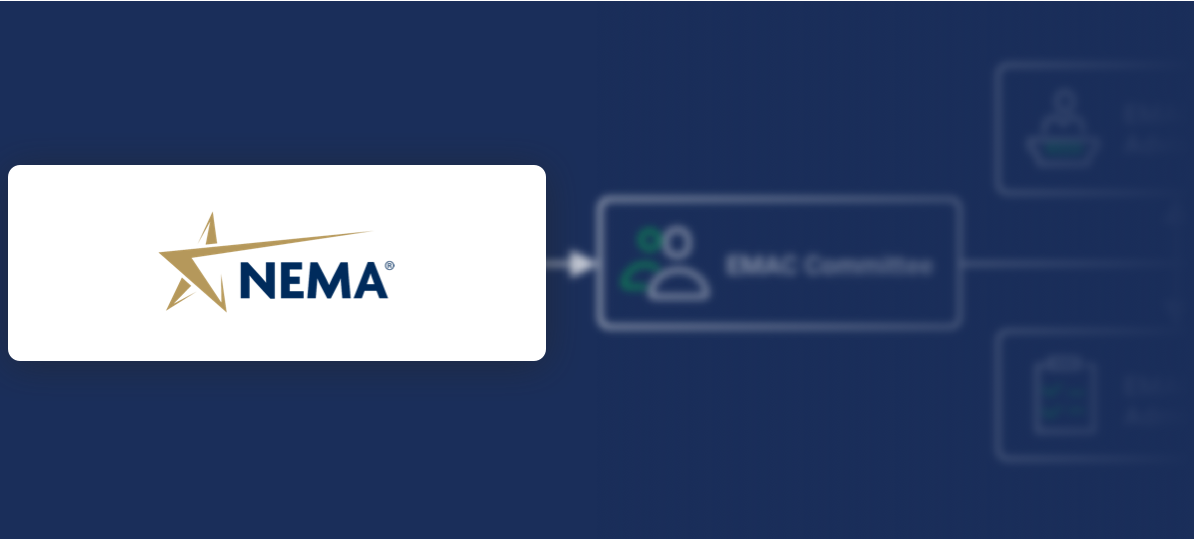
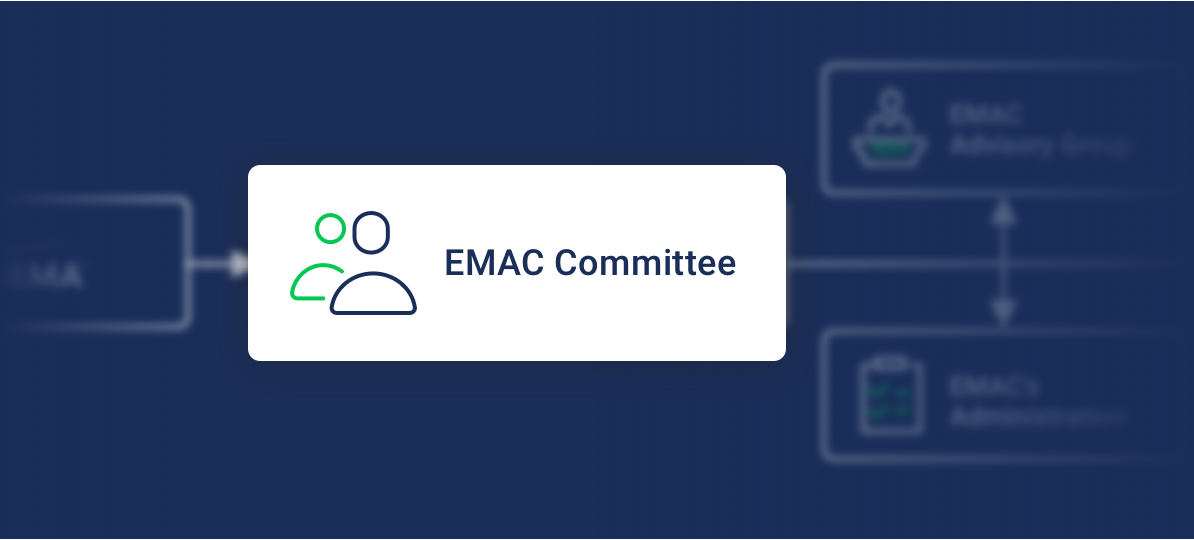
The EMAC Committee receives recommendations for the selection of the ETF Chair-Elect from the EMAC Executive Task Force and votes on acceptance of the recommended Executive Task Force Chair-Elect. All Member States have agreed to accept EMAC Committee decisions made within the purview of the NEMA By-Laws.
The EMAC Committee consists of a chair, vice-chair, a past NEMA President liaison, and state directors (or their designees). The emergency management director from every state and territory that has passed EMAC legislation and signed EMAC into (state) law is invited to participate on the EMAC Committee. The Chair of the EMAC Executive Task Force is a non-voting ex officio member of the EMAC Committee along with non-voting private sector liaisons.
EMAC Committee

The EMAC Committee voting membership is comprised of state emergency directors who volunteer to serve. They are responsible for oversight of the Compact. The EMAC Committee delegates responsibility for conducting business and emergency operations responsibilities on its behalf to the NEMA Staff, the EMAC Executive Task Force, and the EMAC Operational Components.

EMAC Advisory Group

The EMAC Advisory Group (EAG), established in 2006, gives national organizations a venue through which to work in coordination with the EMAC Committee and the EMAC Executive Task Force for the improvement of EMAC throughout the nation. Membership to the group is by invitation only to representatives from the national organizations serving the first responder community and other mutual aid stakeholders.
- Represent the issues, position, resource capabilities, and requirements of the respective disciplines and national organizations
- Share information with national memberships, solicit feedback and provide responses to NEMA on EMAC-related issues
- Facilitate outreach, education, and training opportunities on EMAC
- Share situational awareness information with national memberships, organizations, and agencies during major EMAC activities, as necessary and appropriate
- Participate in conference calls, meetings, and after-action reviews on behalf of national membership
- Identify and share best practices
- Provide guidance for the strategic direction of EMAC
- Identify emerging issues that will impact the development of EMAC
- Provide a connection between other mutual aid providers and EMAC
- Gather and share information
- Network in the states to pre-plan for EMAC deployments
- Promote the development of Mission Ready Packages
- Promote a better understanding of EMAC for multi-discipline emergency response and recovery entities, and mutual aid partners.
- Create a forum for mutual aid stakeholders to provide input and feedback to NEMA to enhance mutual aid through EMAC.
- Advance interstate and intrastate mutual aid.
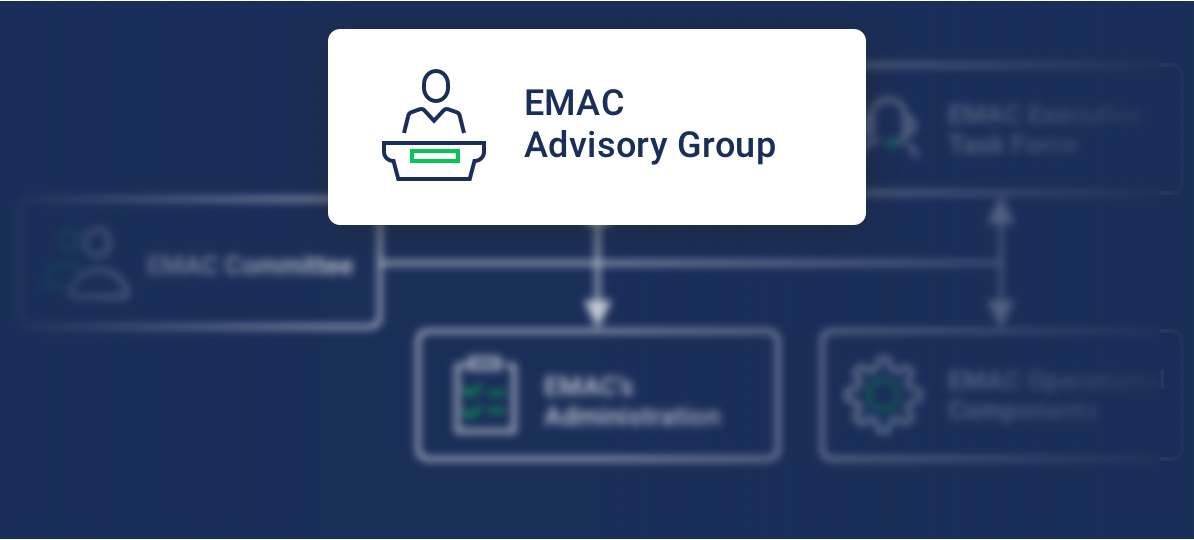
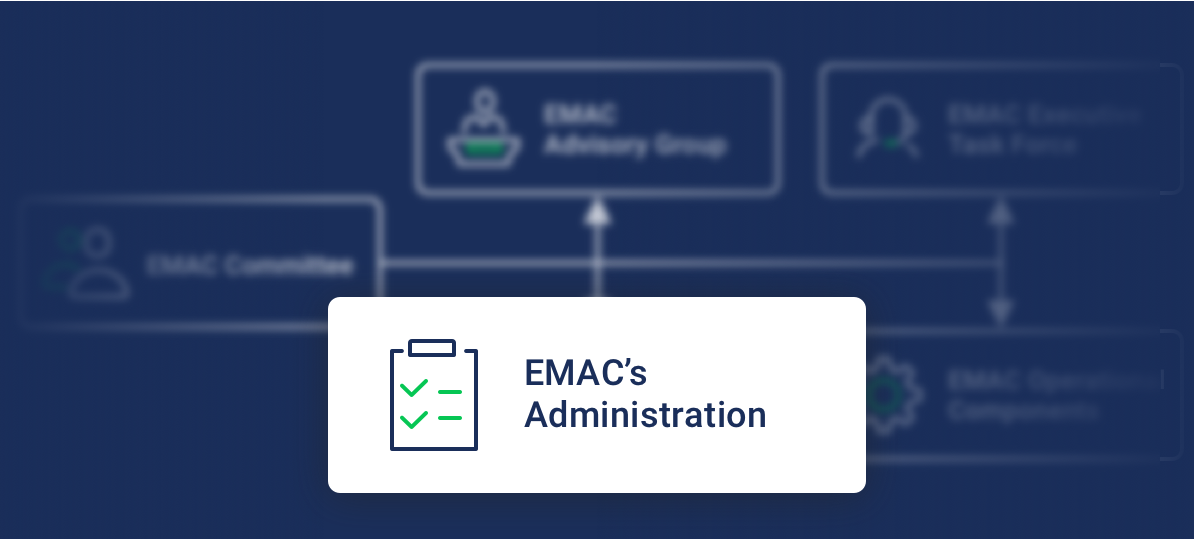
EMAC's Administration

Since 1995, the National Emergency Management Association (NEMA), headquartered in Lexington, Kentucky, has administered EMAC. NEMA's administration includes dedicated full time staff support.
Learn How NEMA Supports EMAC
- Providing day-to-day overall administration and management
- Providing fiscal management
- Providing support to states during operational activity where EMAC has been activated
- Serving on national committees, under the leadership of the Department of Homeland Security (DHS), devoted to enhancing mutual aid through resource typing, resource management, credentialing, and catastrophic disaster planning initiatives
- Support the EMAC Governance Structure to include the NEMA membership, EMAC Committee, EMAC Executive Task Force, EMAC Advisory Group, and Operational Components
- Providing coordination and support of DHS/FEMA activations, where appropriate
- Securing and managing grants to grow and sustain EMAC strategic initiatives
- Serving as an advocate to state elected officials, Congress, and the federal government to ensure that EMAC is recognized as the nation’s premier interstate mutual aid mechanism
- Providing day-to-day program administration staff
- Answering inquiries from all disciplines
- Answering inquiries from Member States
- Keeping Member States/territories informed on new and emerging issues
EMAC Executive Task Force

The EMAC Executive Task Force (ETF) is comprised of state emergency management personnel. Voting membership includes a chair, chair-elect and immediate past chair, three at large members, 10 lead state representatives (one from each FEMA region) and one member from the NEMA Legal Council Committee.
The ETF formulates and provides policy guidelines and procedures pertaining to the implementation of the EMAC in coordination with NEMA administrative support under the guidance of the EMAC Committee.

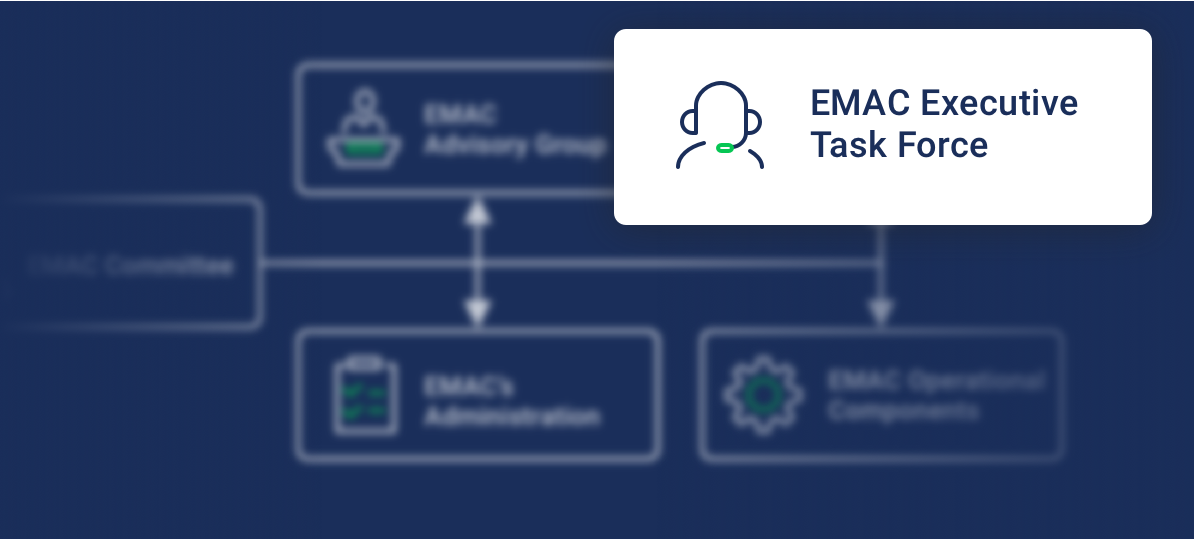
The EMAC Committee grants the ETF the power to consider all matters of supervision and control of the business and operational affairs, and to take whatever action is deemed appropriate on behalf of the Member States. All recommendations and actions of the ETF shall be subject to approval by the membership present at the next regular meeting of the EMAC Committee. In the interim period between the promulgation of the actions taken by the ETF and said meeting of the EMAC Committee, the EMAC state membership shall abide by the recommendations and actions taken by the ETF on their behalf.
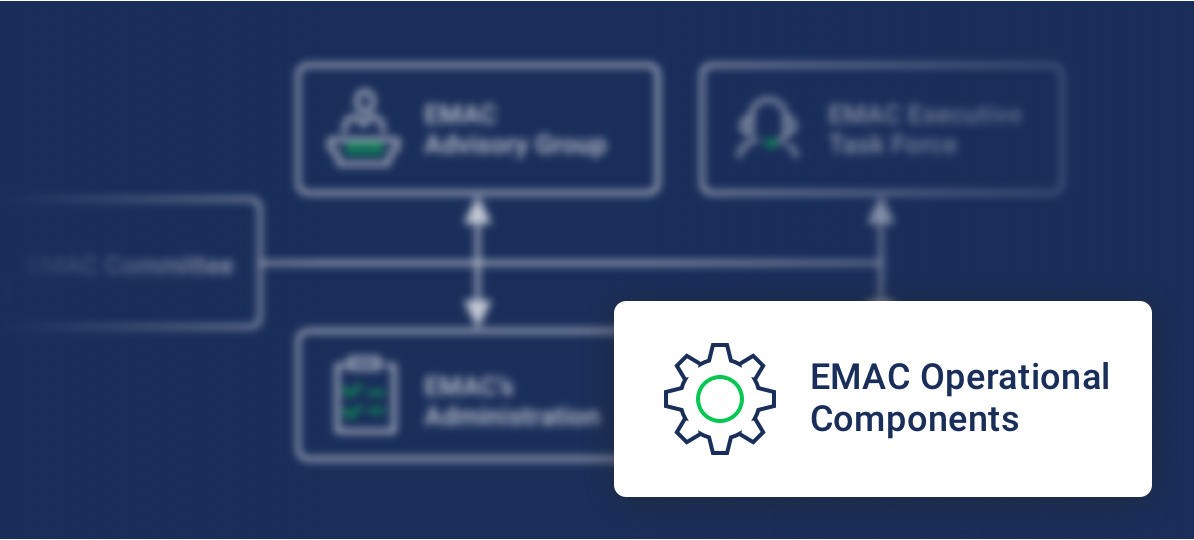
EMAC Operational Components

There are five EMAC Operational Components: The National Emergency Management Association, the National Coordinating State, the A-Team, the National EMAC Liaison Team, and the Regional EMAC Liaison Team.
The EMAC Operational Components work together during an incident to share information and ensure the EMAC procedures are being followed. Each operational component has its own functions, roles and responsibilities.
Learn more about the EMAC Operational Components
